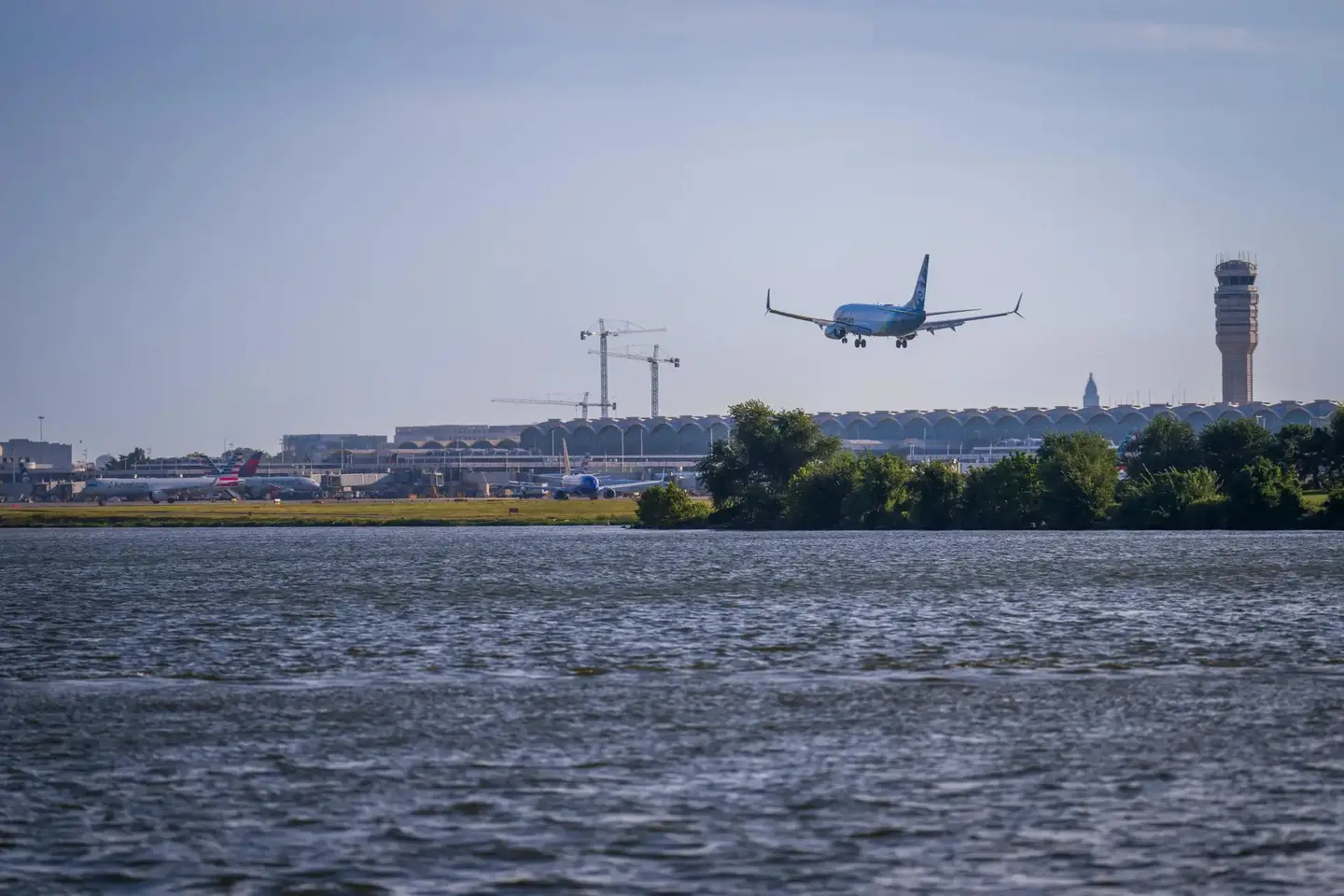Mesa Airlines Launches New Time Building Program for Aspiring Pilots
Mesa Airlines unveiled its new Independent Pilot Development (IPD) program on October 9—offering aspiring pilots a more streamlined approach to building flight time.

[Shutterstock]
Regional carrier Mesa Airlines unveiled its new Independent Pilot Development (IPD) program on October 9—offering aspiring pilots a more streamlined approach to building flight time.
Mesa’s “pay as you go” program requires pilots to purchase a minimum of 50-hour blocks at $60 an hour, which includes fuel and is based on a two-pilot flight deck occupancy. According to the airline, the program is offered to pilots who have obtained their commercial pilot certificate and instrument rating.
“We are excited to launch Mesa’s Independent Pilot Development Program and offer aspiring pilots a safe and affordable way to achieve their aviation goals. We believe this is the fastest and most effective method to build required flight time,” said Jonathan Ornstein, chairman and CEO of Mesa Airlines. “This program is not only a time building program, but also a career development opportunity that prepares pilots for the challenges and rewards of flying for an airline.”
Pilots in Mesa’s IPD program will be flying brand new Pipistrel Alpha 2 aircraft—a cost-effective machine with advanced features such as dual flight controls, cutting-edge Garmin instrument panel, an 80 horsepower Rotax 912 engine, an autopilot system, and a ballistic parachute rescue system.
The airline announced its partnership with Pipistrel last year with the purchase of 29 Alpha 2 Trainers and the option to buy an additional 75 aircraft over the next year for use in the program. Mesa touted the low operating costs of the Alpha 2 trainer, which according to the manufacturer, burns less than 2.5 gallons of ordinary mogas fuel per hour in the training role performing circuits.
Mesa says pilots in the program will have a competitive advantage in the aviation job market as IPD offers airline training materials, advanced computerized based training, and pilot mentors. Additionally, the program is a fast track to reaching airline transport pilot (ATP) 1,500-hour flight time requirements, as pilots may fly up to 8 hours a day based on availability. Once they’ve obtained the mandatory hours, pilots will receive a preferred interview with Mesa or may choose to work for any airline.
As Mesa and other regional carriers have struggled to retain talent, news of the IPD program is a game-changer. During last month’s annual Regional Airline Association conference in Washington, D.C., it was apparent that nearly all regional carriers were grappling with retaining pilots—especially Captains who are being lured by higher pay and more desirable opportunities at major carriers.
To combat the shortage, the RAA has been lobbying for expanded pilot workforce development programs and increasing the pilot retirement age from 65 to 67 years—a controversial issue being debated in the industry.
While it could take years for regional airlines to recover, Mesa is banking on its IPD program to accelerate time building and make a dent in recruiting more pilots.

Sign-up for newsletters & special offers!
Get the latest FLYING stories & special offers delivered directly to your inbox






